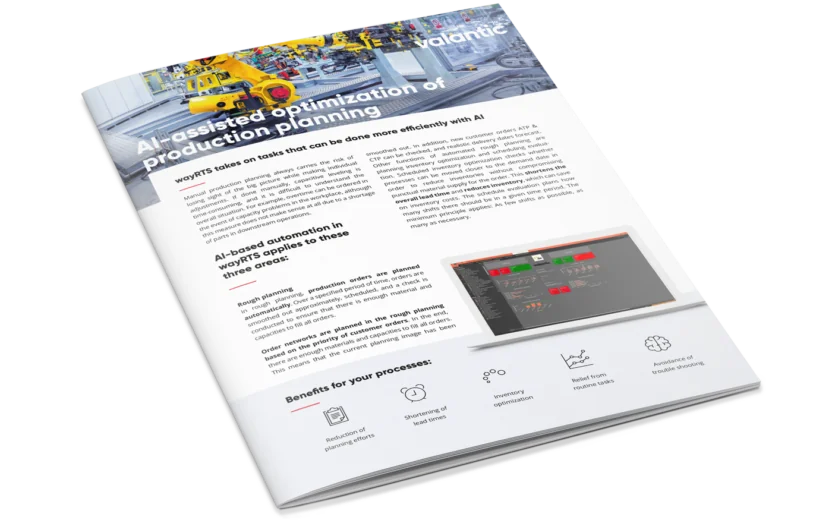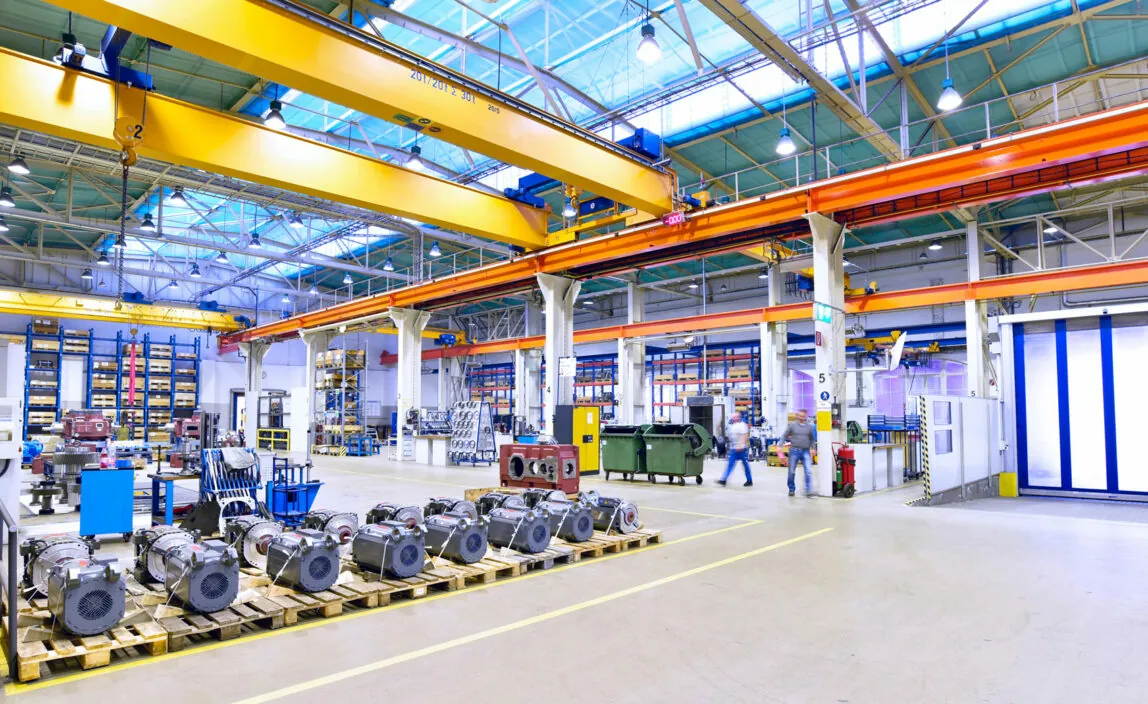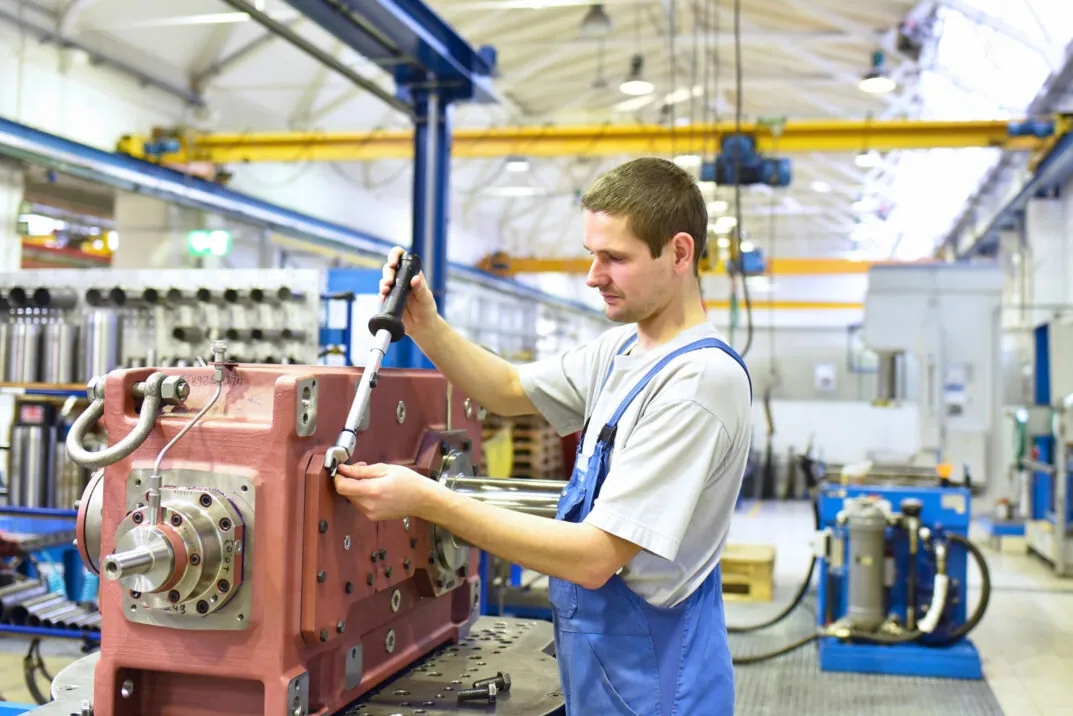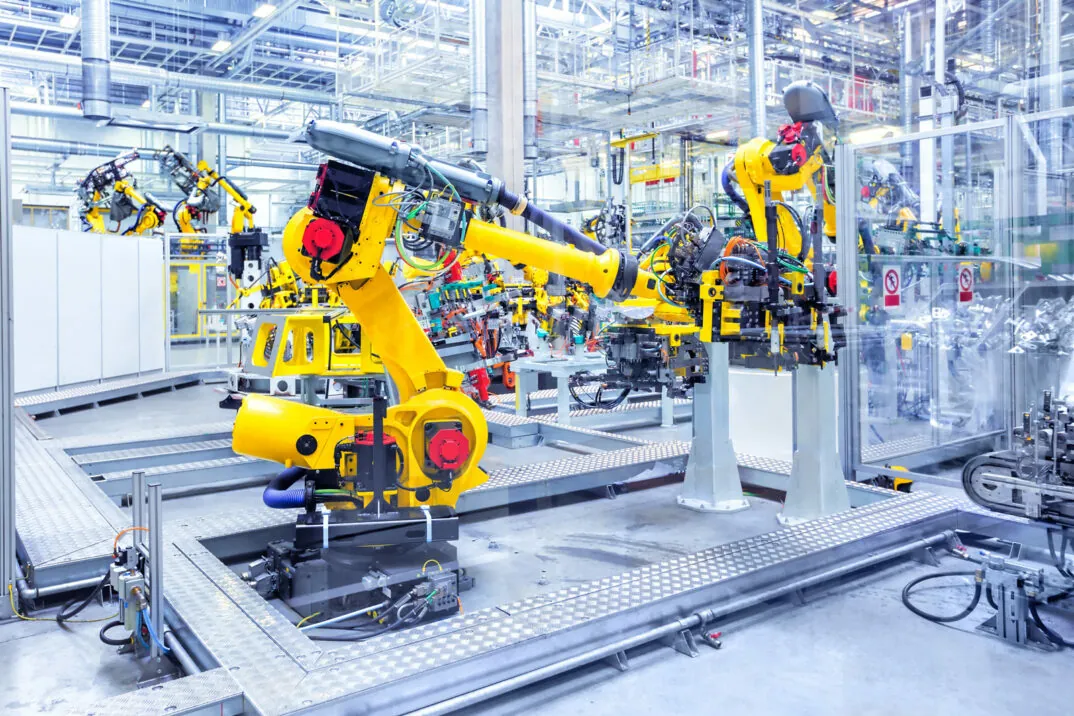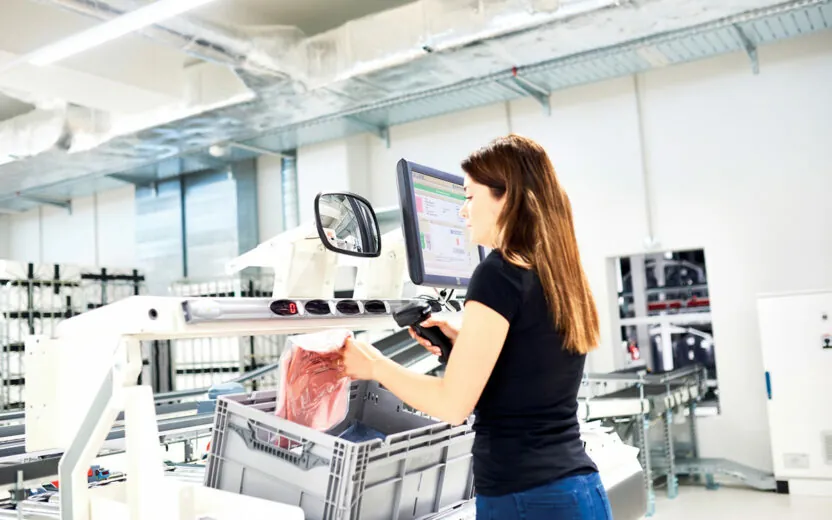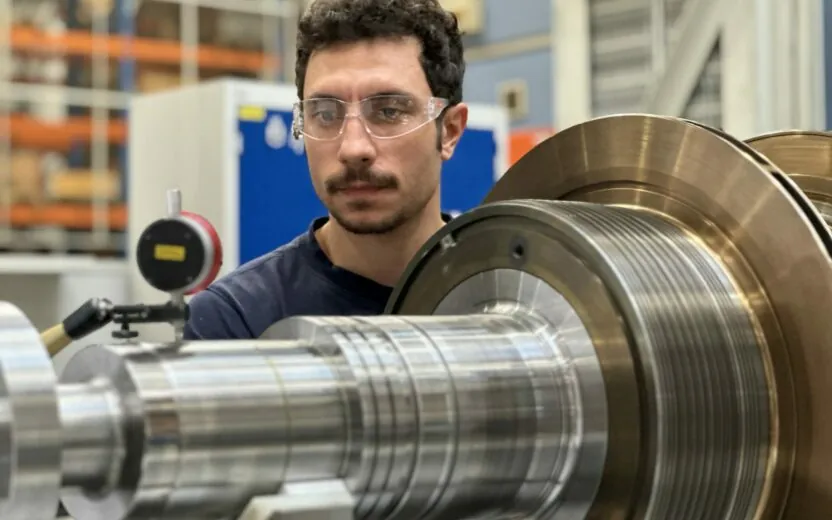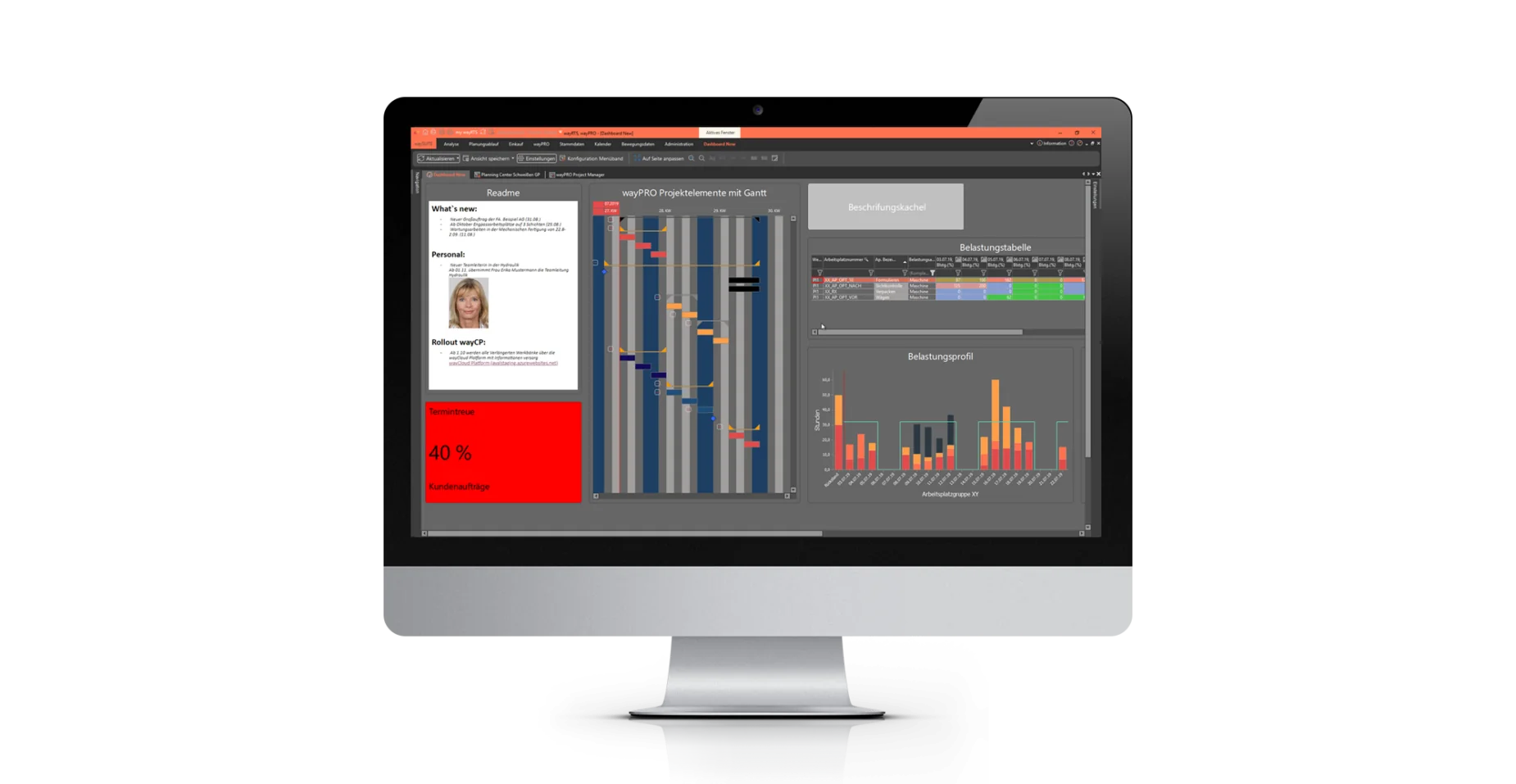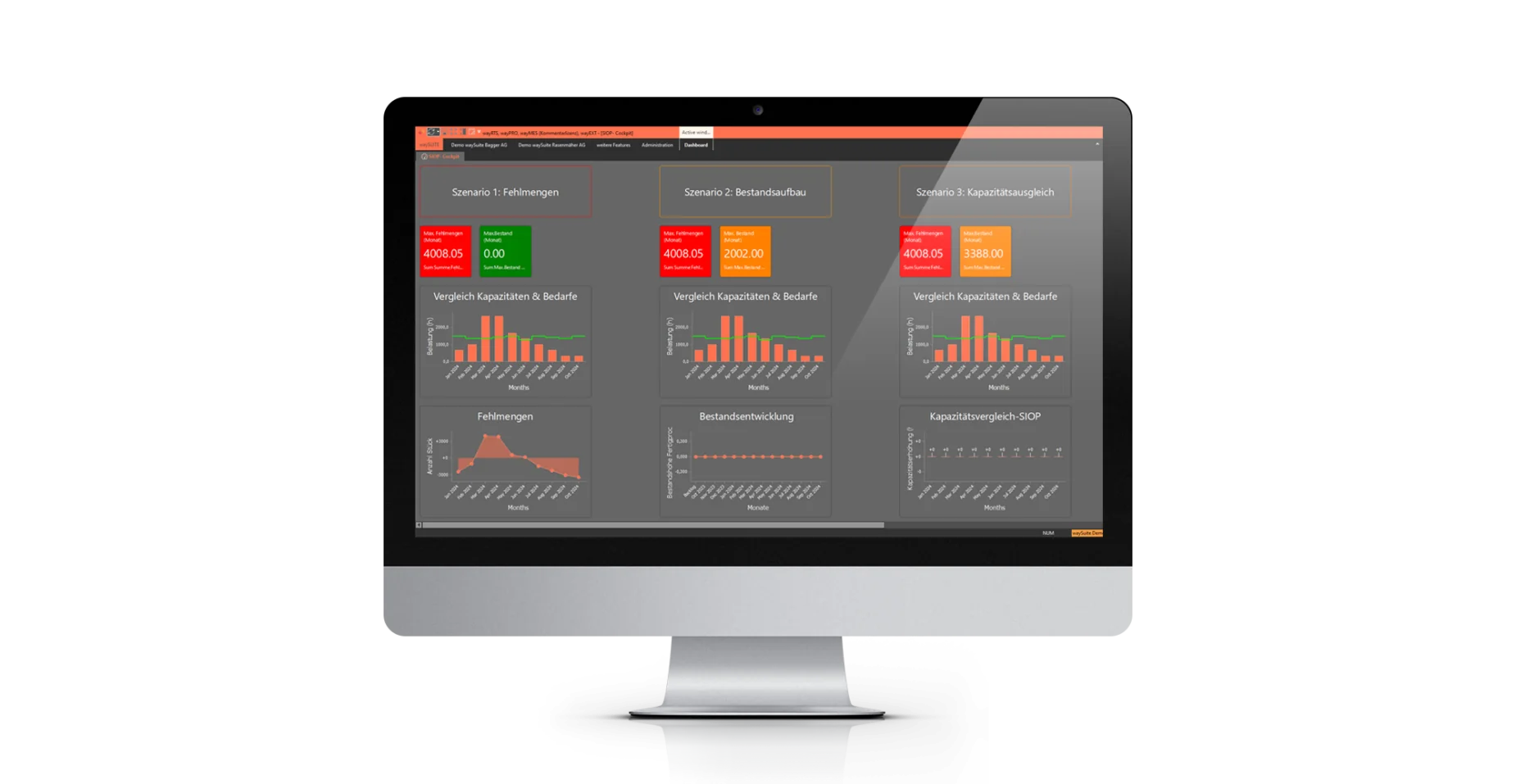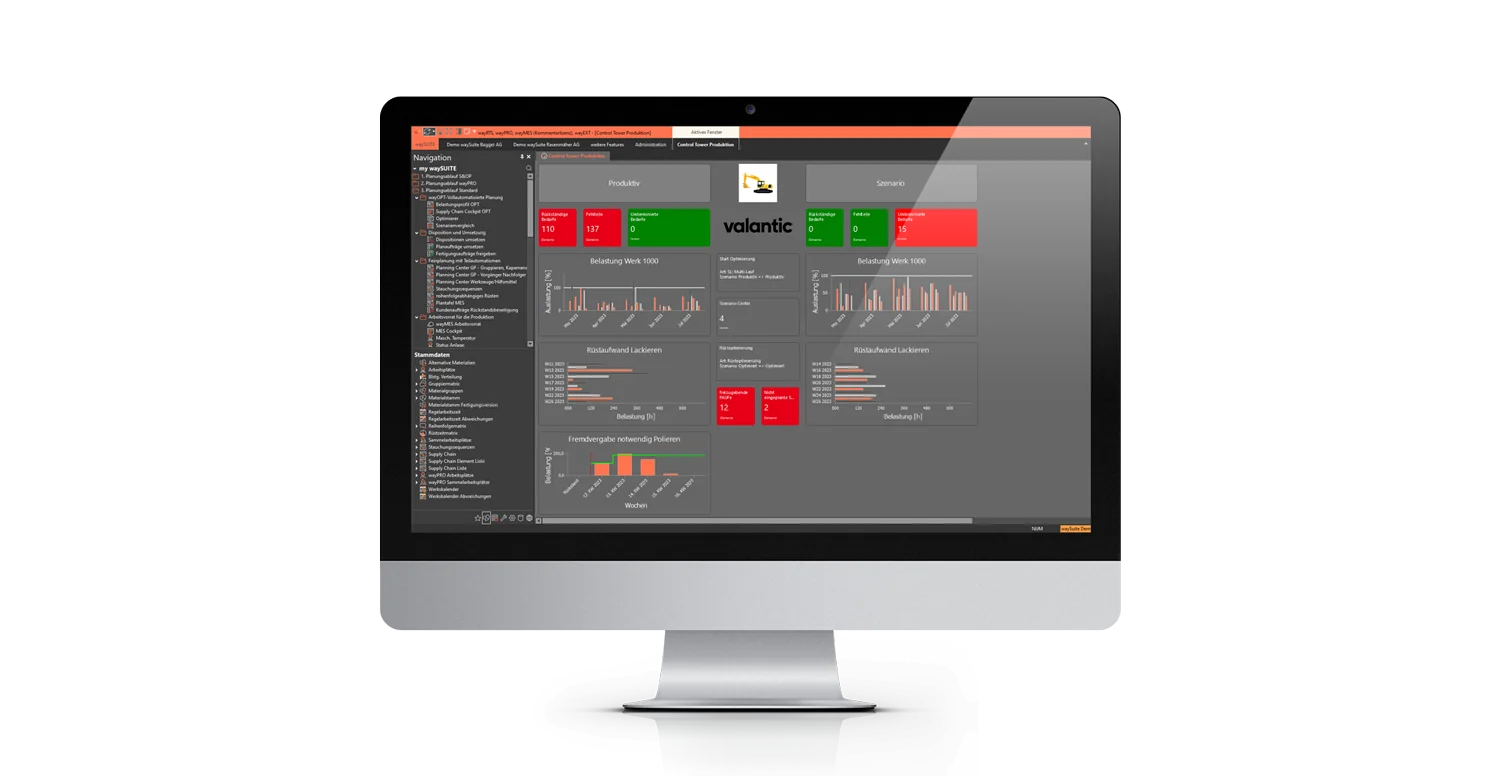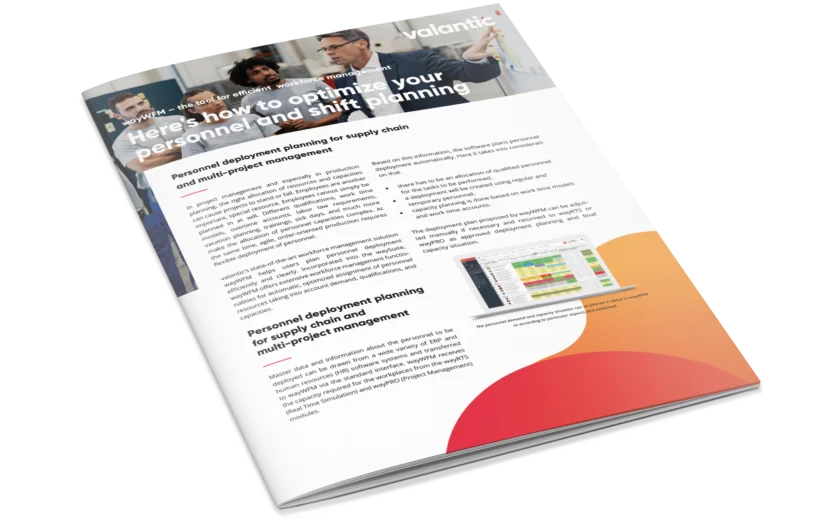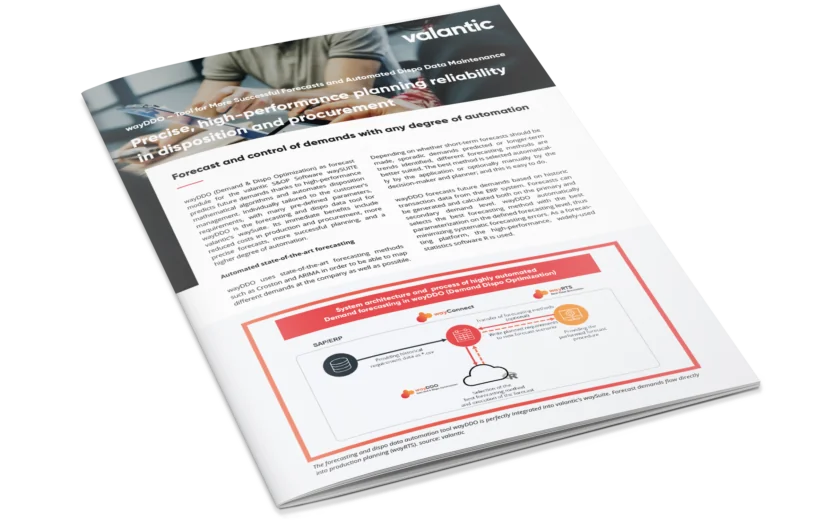In rough planning, production orders are planned automatically. Over a specified period of time, orders are smoothed out approximately, scheduled, and a check is conducted to ensure that there is enough material and capacities to fill all orders.
Order networks are planned in the rough planning based on the priority of customer orders. In the end, there are enough materials and capacities to fill all orders. This means that the current planning image has been smoothed out. In addition, new customer orders ATP & CTP can be checked, and realistic delivery dates forecast. Other functions of automated rough planning are planning inventory optimization and scheduling evaluation. Scheduled inventory optimization checks whether processes can be moved closer to the demand date in order to reduce inventories without compromising punctual material supply for the order. This shortens the overall lead time and reduces inventory, which can save on inventory costs. The schedule evaluation plans how many shifts there should be in a given time period. The minimum principle applies: As few shifts as possible, as many as necessary.


